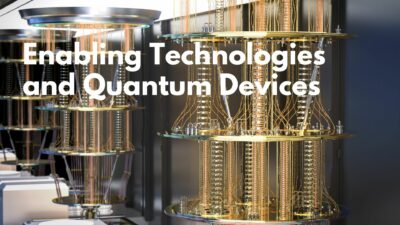Title: NIST Develops Optical Fiber Link for Superconducting Quantum Computers
Summary:
Researchers at the National Institute of Standards and Technology (NIST) have successfully demonstrated a new method for connecting superconducting quantum bits (qubits) using optical fiber, rather than traditional metal wiring. This breakthrough could enable the development of quantum computers with millions of qubits, far exceeding the current limit of a few thousand qubits.
The new system uses optical fiber to transmit light signals to and from the qubits, which are maintained at extremely cold temperatures. The light signals are then converted to microwaves, which are used to control and measure the qubit’s quantum state. The system achieved the same level of accuracy as traditional metal wiring, with a 98% success rate in determining the qubit’s state.
The potential impact of this development is significant, as it combines two different technologies – photonics and superconducting qubits – to solve a major challenge in quantum computing. Optical fiber can carry more data in a smaller volume than conventional metal cables, making it an attractive option for scaling up quantum computers.
The NIST team envisions a future quantum processor where light in optical fibers transmits signals to and from the qubits, with each fiber capable of carrying thousands of signals. This could lead to the development of more powerful and efficient quantum computers in the future.
Keywords: superconducting, qubit, optical fiber, microwave pulses, photonic link


